At Uniqlo U, Christophe Lemaire is designing clothes to last for life
As his latest Uniqlo U collection arrives in stores, French designer Christophe Lemaire defines his conception of ‘modern dressing’ – a modular wardrobe of reconsidered archetypes which are built to last

French designer Christophe Lemaire has never sought a viral moment. He isn’t seduced by ephemeral trends. He does not create clothing with Instagram at the forefront of his mind. At his eponymous label, Lemaire – founded in 1992 but reinvigorated after the close of a four-year tenure as womenswear artistic director of Hermès – it often takes the item of clothing to be placed onto your body to discover the complexity of its form. His collections, developed with his co-creative director and wife Sarah-Linh Tran, evolve, slowly. The endpoint, if he gets there, is perfection; an item of clothing that lasts for life.
‘As a designer I’m more into deep trends, and not seasonal trends,’ he explains in a call from Paris, where he is based. ‘It’s about having, or trying to have, an understanding of the way people behave, their ways of life, their needs. That is what I’m interested in.’
Uniqlo U by Christopher Lemaire A/W 2022

Uniqlo U A/W 2022
In 2016, he took on a role as artistic director of Uniqlo’s R&D centre in Paris – a research and development hub that provides innovative design solutions for the Japanese fashion behemoth – as well as creating twice-yearly Uniqlo U collections, a more refined offering at a slightly higher price point. The collections, available in Uniqlo’s 2000-plus stores worldwide, have a definite aesthetic link to his designs at Lemaire – namely, instilling utilitarian garments with an innate feeling of elegance (‘eminently modular… a timeless Parisian style that is cosmopolitan, sophisticated and rich in influences’, describes a blurb on his own label’s website).
‘We very much work around the idea of archetypes,’ he says. ‘The classics – the pieces that you need, that are proven. Improving them, and bringing modernity in the cut, in the details, in the colours.’ As such, items like the parka, the hoodie, the lambswool sweater, and various workwear-inspired silhouettes are revisited season on season, in a process which Lemaire calls ‘refinement’. ‘But you also have to be careful not to become sterile. It’s a balance to find between being brave, and being down to earth.’
He likens this way of working to the foundational principles of Uniqlo itself, which he says is ‘not a fast-fashion brand’ – ‘there’s a sense of quality, a certain honesty about the product’. ‘There is this Japanese genius of always improving, always looking for quality. Like everyone else, I had the super basic pieces, the T-shirt, the socks, the down jacket, even underwear. They have a super high sense of what a basic should be.’

Uniqlo U A/W 2022
His own designs gently push the boundaries of what such foundational garments look like at Uniqlo. ‘It was a little bit of a challenge, in the beginning, to convince them because we came with some braver volumes, everything was a little bit oversized,’ he says. ‘But it was interesting how soon they understood – Uniqlo is very much about trying things, and proving that they can work. It’s a retail brand. If you believe in it, [they say] let’s try it and see if it works.’
His latest collection – A/W 2022 – launched in stores earlier this month; as is usual with Lemaire’s Uniqlo U drops, several of the garments have entirely sold out already online (the more intrepid can hunt the pieces down in Uniqlo’s vast catalogue of international stores). This season, Lemaire has formalised some ‘genderless’ pieces – though most of the pieces in previous collections could already be exchanged between genders – a nod to what he calls the ‘reality of society today’. ‘It’s there on the street, and it’s interesting to see Uniqlo – which is Japanese, and sometimes has a bit of a conservative view of womenswear – completely understand the reality of it. It’s something that is being pushed across the company.’
Receive our daily digest of inspiration, escapism and design stories from around the world direct to your inbox.
Of the collection’s pieces – which span single-breasted outerwear, soft knitwear, high-waisted denim and ‘generous, boxy layers’ in textures of wool, flannel and cotton jersey – Lemaire hones in on a blouson-style jacket, which is sold for both men and women, as the collection’s key piece. ‘It’s super functional – it’s made of cotton, which is water repellant, and then has a warm lining in brushed cotton. It’s such a satisfying mid-season piece,’ he says, noting that each garment is often tried on several times by the design team before being put into production. Lemaire will often test-drive the products himself, ensuring they are perfectly primed for everyday life.
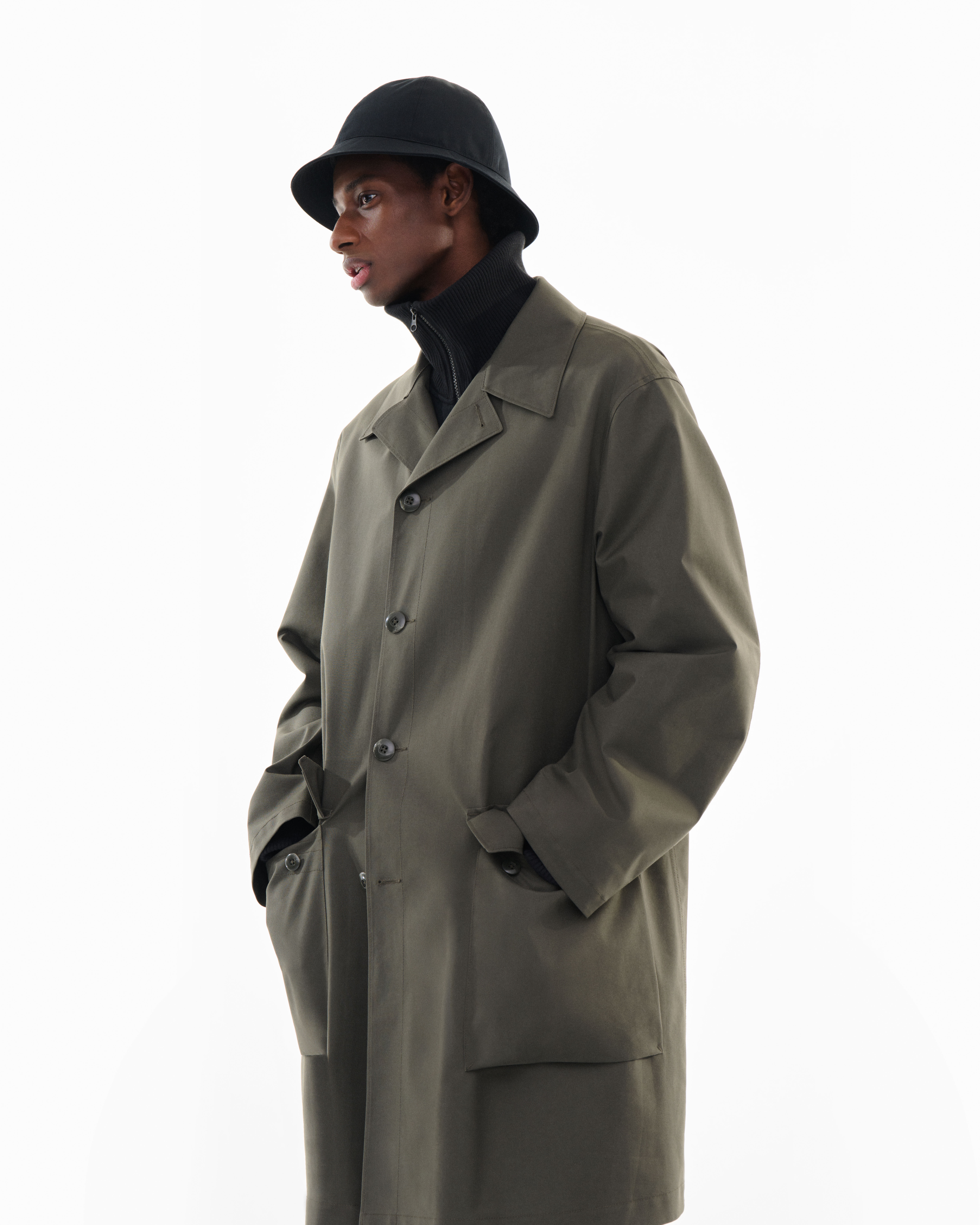
Uniqlo U A/W 2022
‘I’m obsessed with things like a pocket – the position of a pocket, the solidity of a pocket. There’s nothing worse than buying a good-looking pair of pants and then you don’t have space to put your keys.
The designer defines his collections for Uniqlo U as his definition of ‘modern dressing’ – a capsule wardrobe, which in the case of A/W 2022, can fit into a single suitcase. It speaks to his conception of sustainability. ‘To be sustainable, the first thing to do is to design clothes that you want to keep,’ he says. ‘To make things that make sense, that are of good quality, and with a certain solidity. Hopefully in a fabric that can age as well. That’s the time frame we think of when we design.’
‘The reality is, you want things that easily mix and match with all the pieces in your wardrobe, and wear them your own way. Imposing a look, or one way of wearing clothes, is really dated. I really want to show the versatility of these modular pieces,’ he says. ‘I think this is a modern approach to style.’
Jack Moss is the Fashion & Beauty Features Director at Wallpaper*, having joined the team in 2022 as Fashion Features Editor. Previously the digital features editor at AnOther and digital editor at 10 Magazine, he has also contributed to numerous international publications and featured in ‘Dazed: 32 Years Confused: The Covers’, published by Rizzoli. He is particularly interested in the moments when fashion intersects with other creative disciplines – notably art and design – as well as championing a new generation of international talent and reporting from international fashion weeks. Across his career, he has interviewed the fashion industry’s leading figures, including Rick Owens, Pieter Mulier, Jonathan Anderson, Grace Wales Bonner, Christian Lacroix, Kate Moss and Manolo Blahnik.
-
 How to elevate a rental with minimal interventions? Charu Gandhi has nailed it with her London home
How to elevate a rental with minimal interventions? Charu Gandhi has nailed it with her London homeFocus on key spaces, work with inherited details, and go big on colour and texture, says Gandhi, an interior designer set on beautifying her tired rental
-
 These fashion books, all released in 2025, are the perfect gift for style fans
These fashion books, all released in 2025, are the perfect gift for style fansChosen by the Wallpaper* style editors to inspire, intrigue and delight, these visually enticing tomes for your fashion library span from lush surveys on Loewe and Louis Vuitton to the rebellious style of Rick Owens and Jean Paul Gaultier
-
 Out of office: The Wallpaper* editors’ picks of the week
Out of office: The Wallpaper* editors’ picks of the weekFar from slowing down for the festive season, the Wallpaper* team is in full swing, hopping from events to openings this week. Sometimes work can feel like play – and we also had time for some festive cocktails and cinematic releases
-
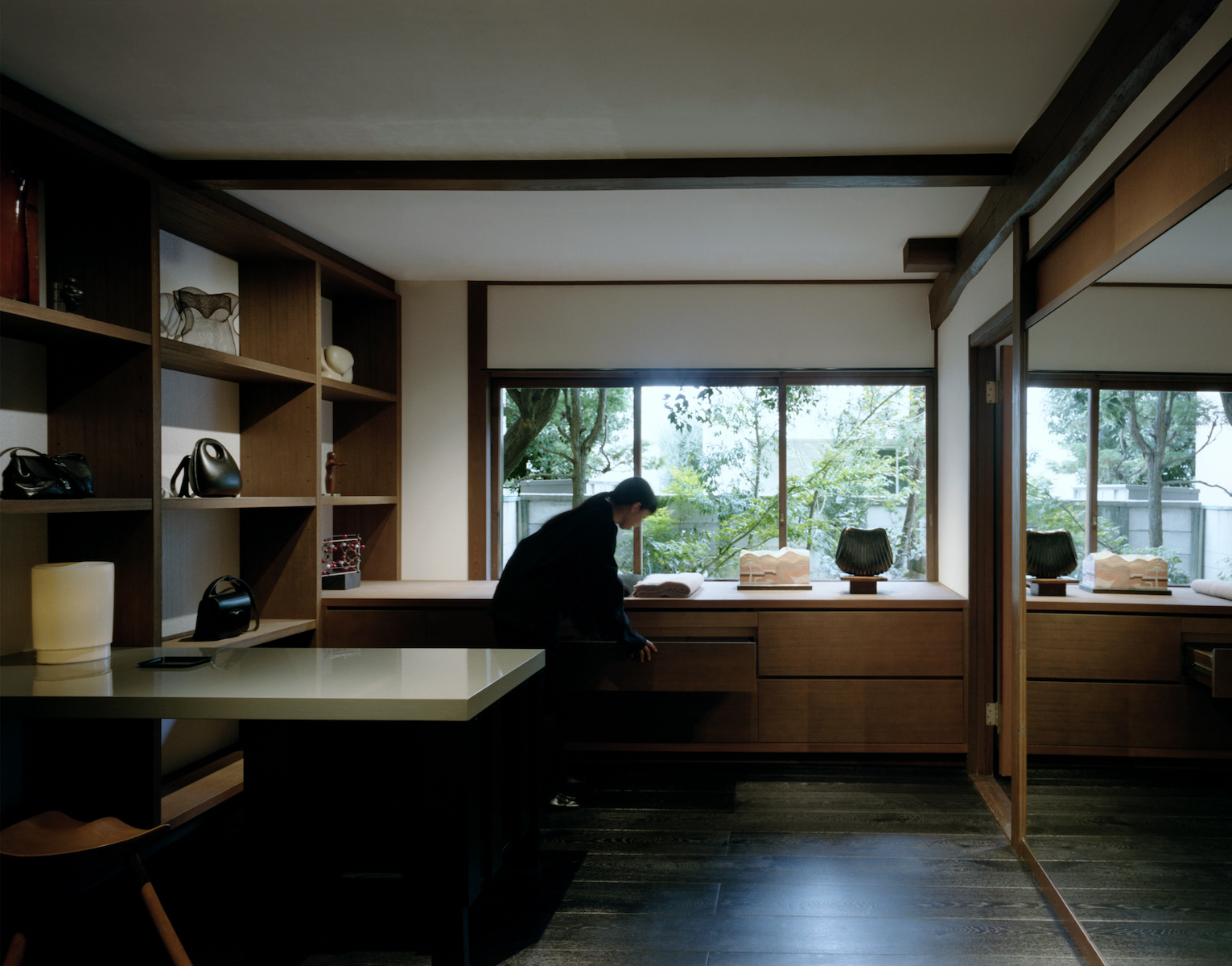 Tranquil and secluded, Lemaire’s new Tokyo flagship exudes a sense of home
Tranquil and secluded, Lemaire’s new Tokyo flagship exudes a sense of homeIn Tokyo’s Ebisu neighbourhood, Lemaire’s tranquil new store sees the French brand take over a former 1960s home. Co-artistic directors Christophe Lemaire and Sarah-Linh Tran tell Wallpaper* more
-
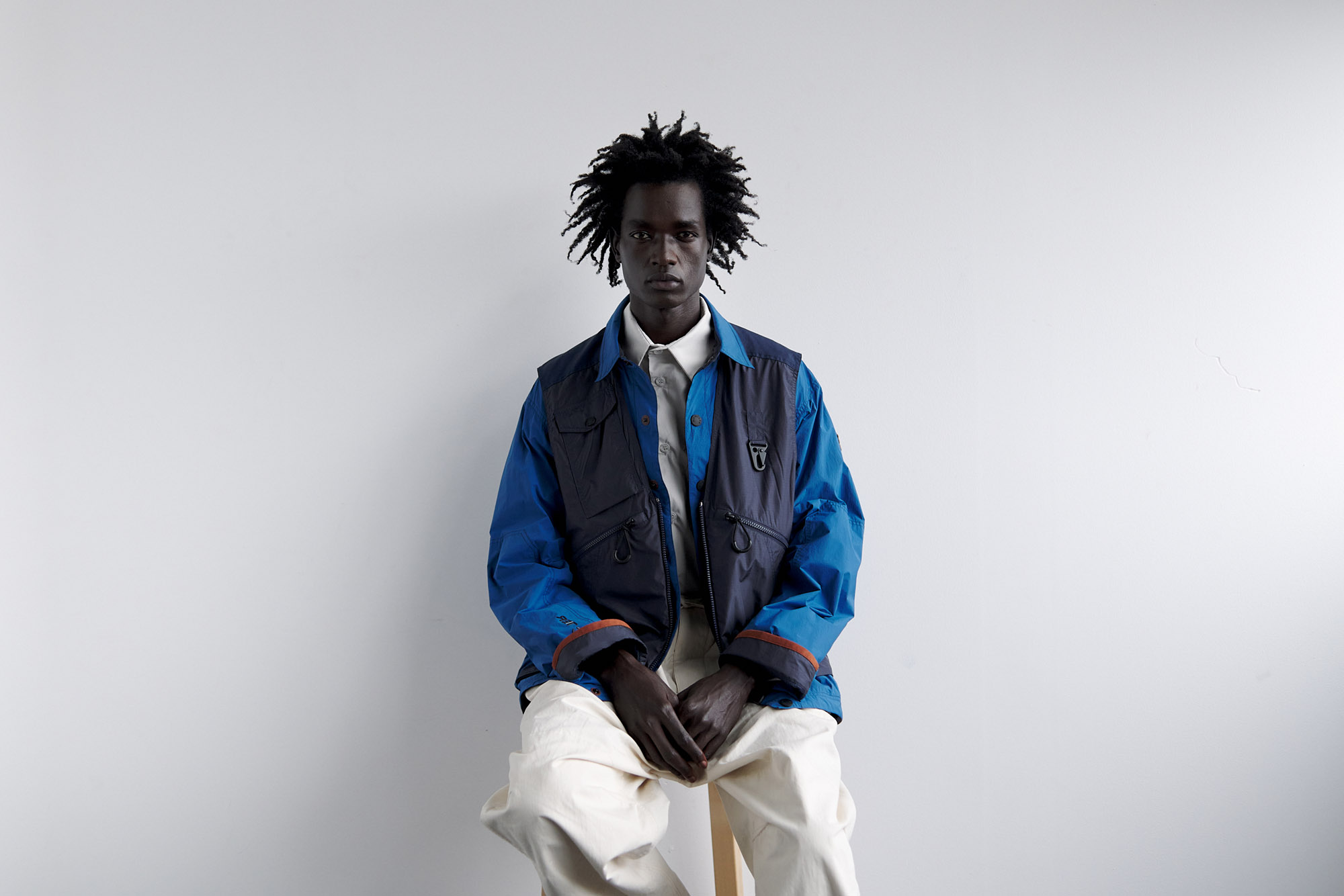 Utilitarian men’s fashion that will elevate your everyday
Utilitarian men’s fashion that will elevate your everydayFrom Prada to Margaret Howell, utilitarian and workwear-inspired men’s fashion gets an upgrade for S/S 2024
-
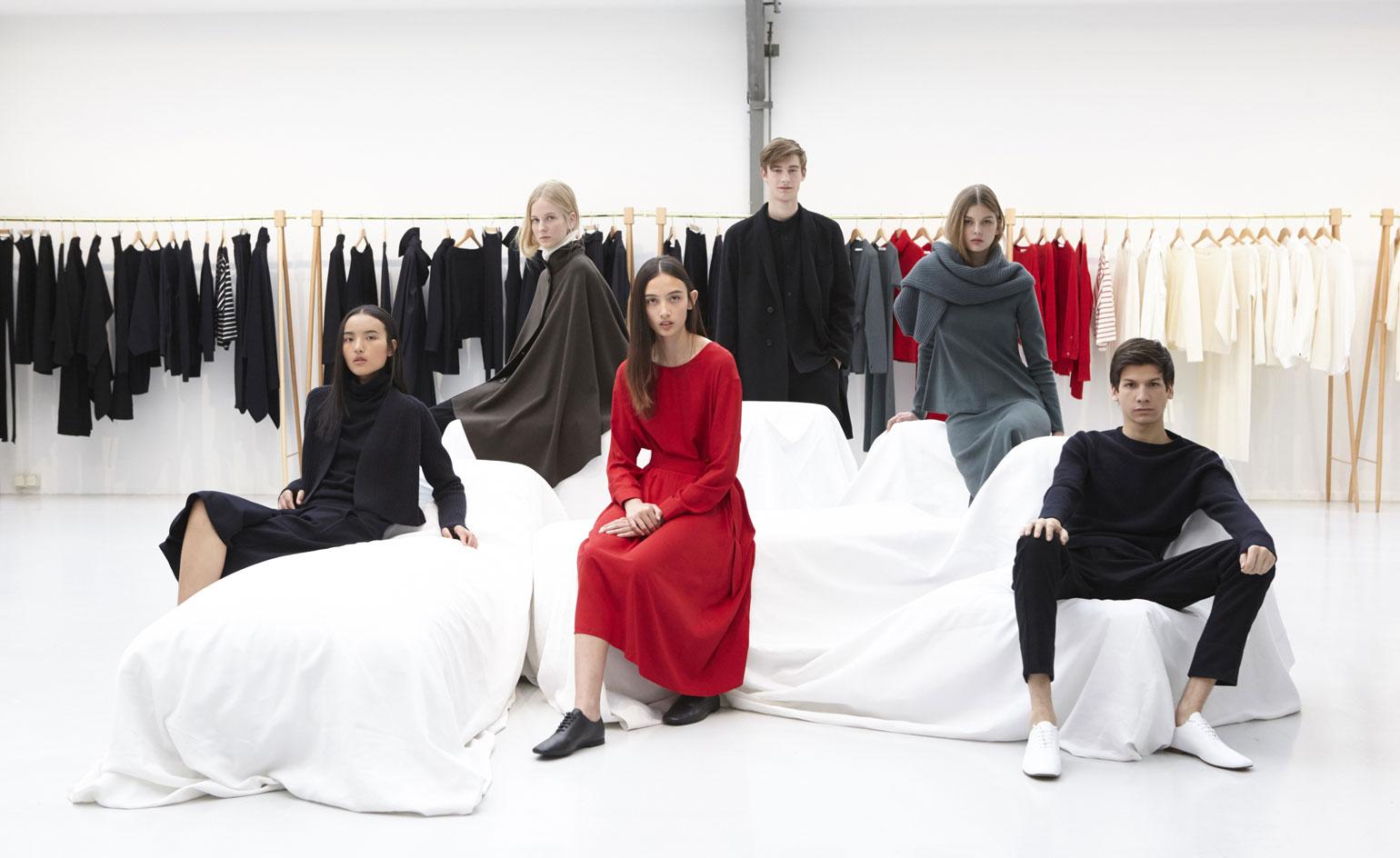 Lounging around: Christophe Lemaire and Uniqlo launch unisex collection
Lounging around: Christophe Lemaire and Uniqlo launch unisex collection -
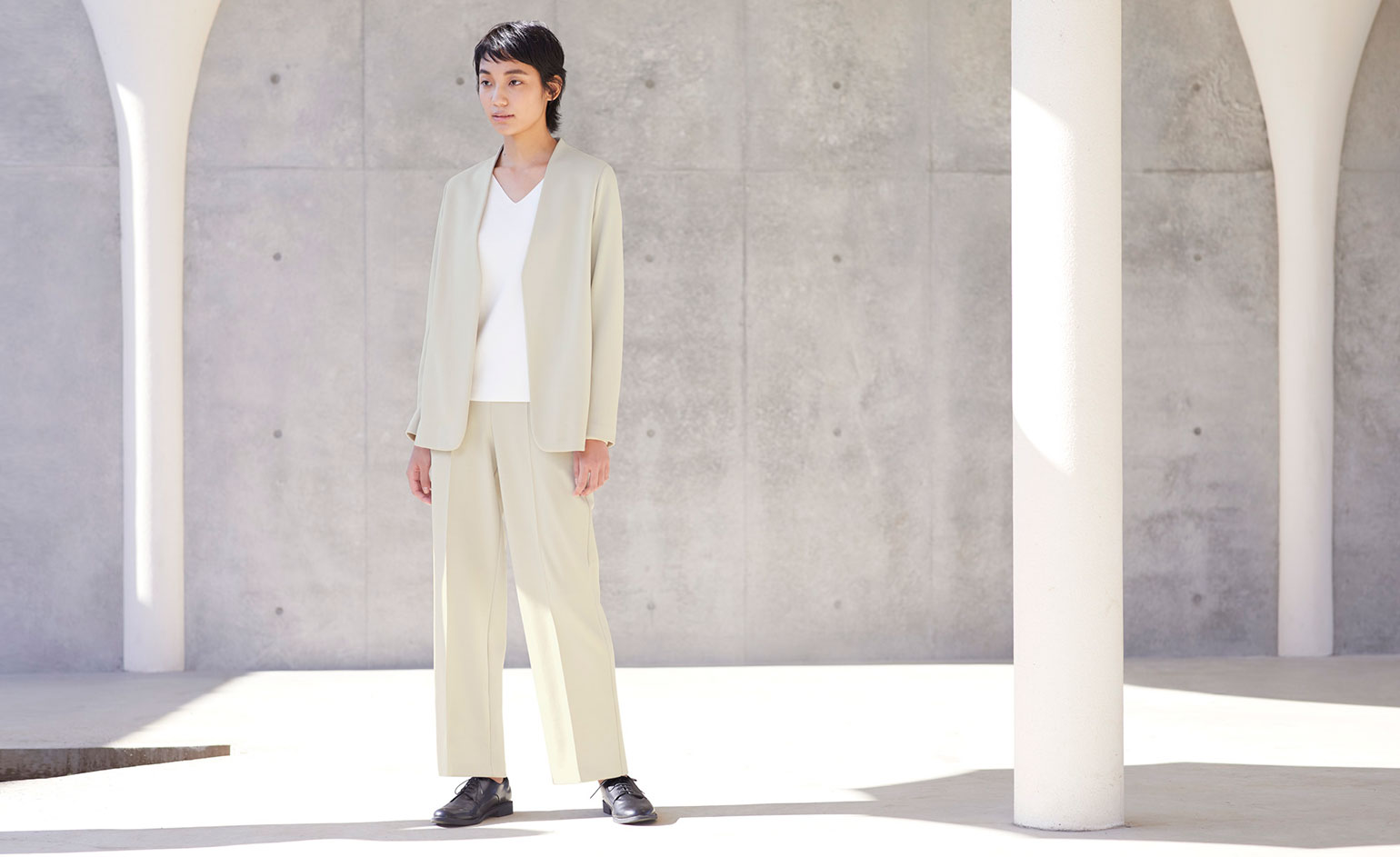 Uniqlo celebrates 20 years in the UK
Uniqlo celebrates 20 years in the UKAs Uniqlo celebrates a landmarck two decades in the UK, we look back to our interivew Yuki Katsuta, Uniqlo's head of research and design, as he discusses the Japanese retailer's design vision for the future
-
 Martín Ramírez's artworks play hide-and-seek around the body
Martín Ramírez's artworks play hide-and-seek around the body‘The artist managed to create an intimate topography that still speaks to so many people today', says Lemaire's Sarah-Linh Tran of the artist which has inspired a women's capsule collection
-
 The everyday alchemy in Clarisse Demory’s set design
The everyday alchemy in Clarisse Demory’s set design -
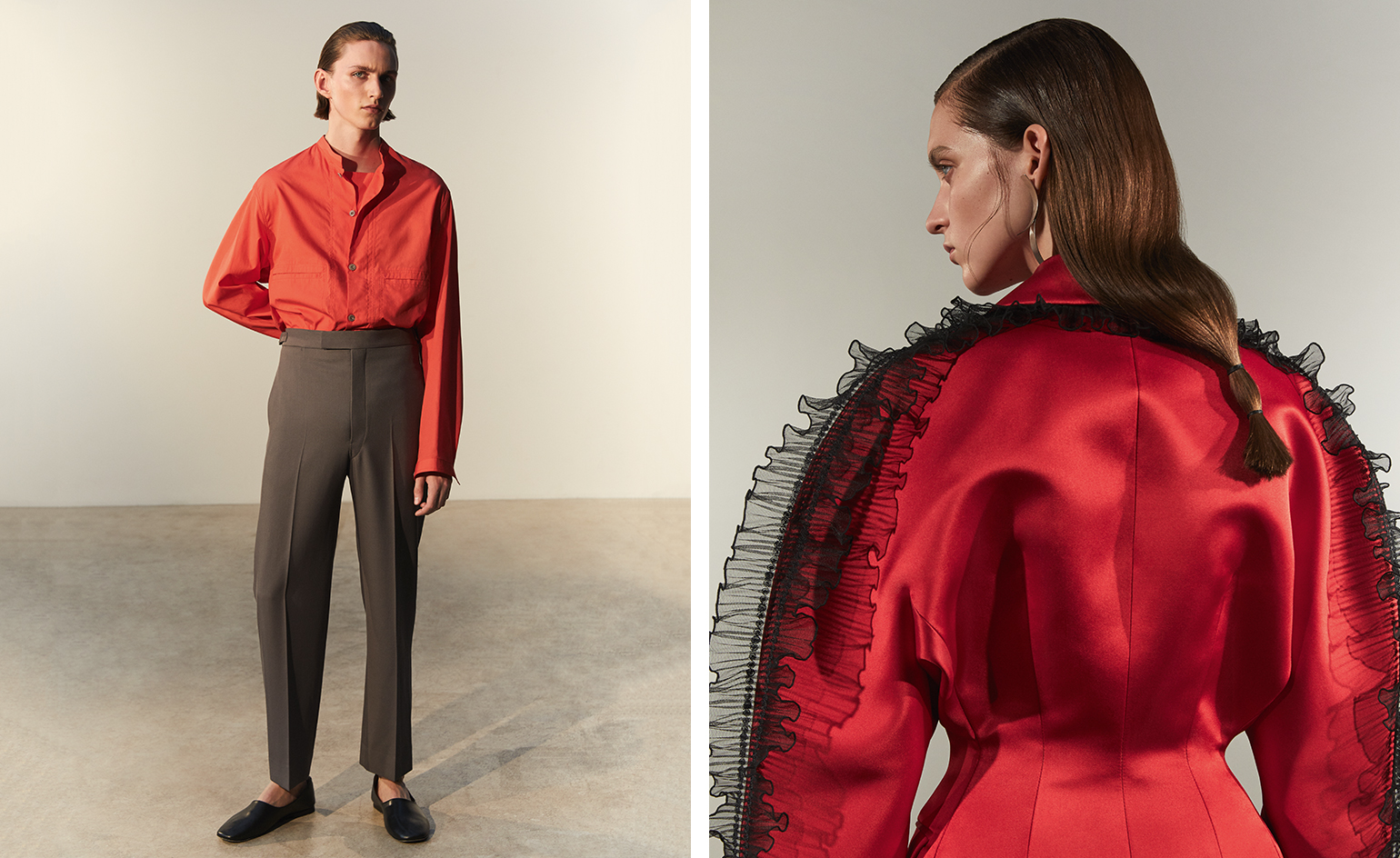 Best in shows: our standouts of the spring/summer 2018 collections
Best in shows: our standouts of the spring/summer 2018 collectionsPhotography: Melaine + Ramon. Fashion: Isabelle Kountoure and Jérôme André. Writer: Laura Hawkins
-
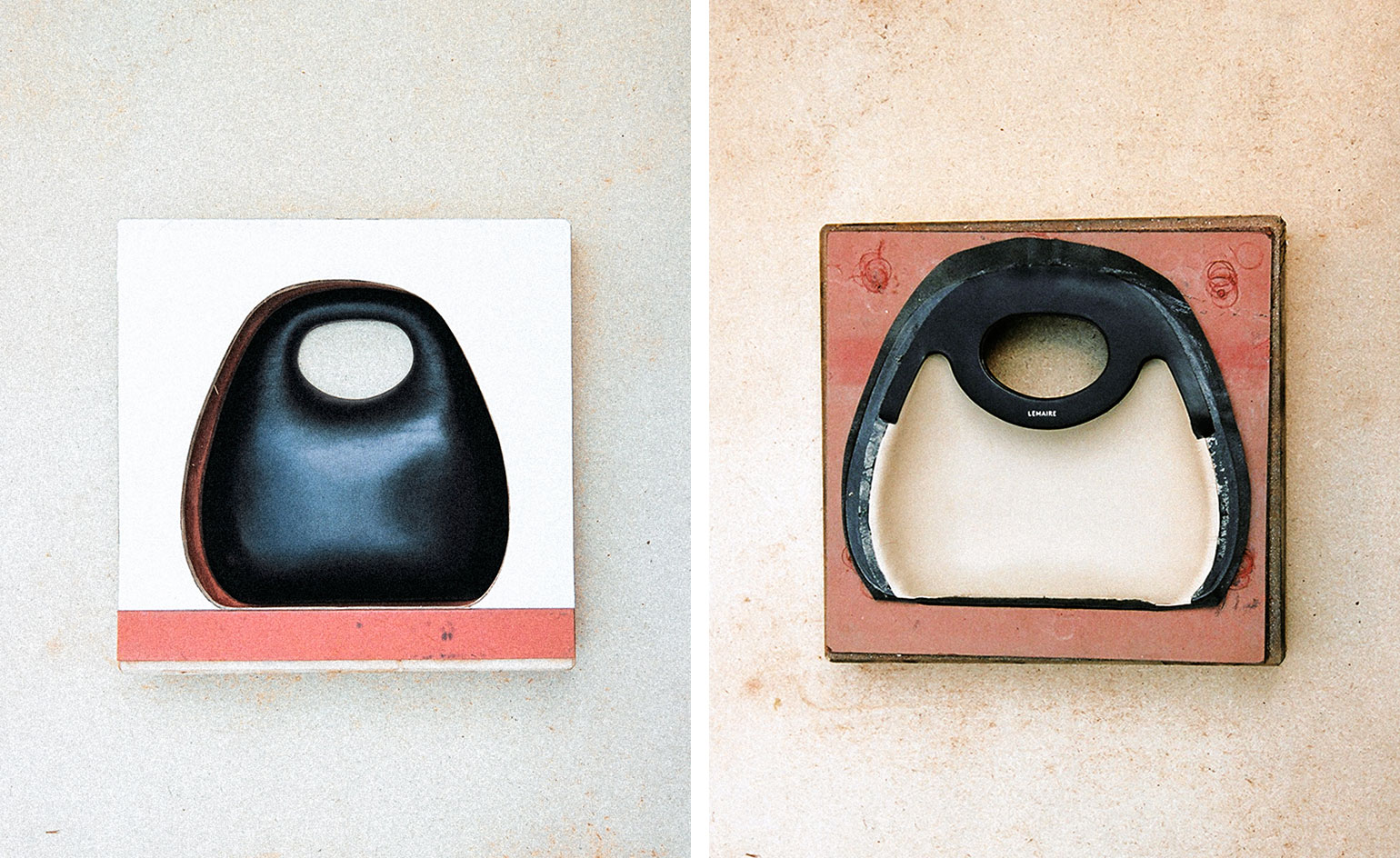 In the round: Lemaire’s artisanal leather bag collection is ahead of the curve
In the round: Lemaire’s artisanal leather bag collection is ahead of the curve